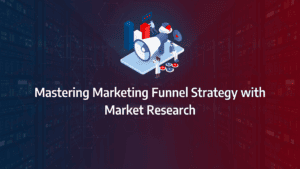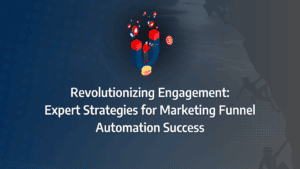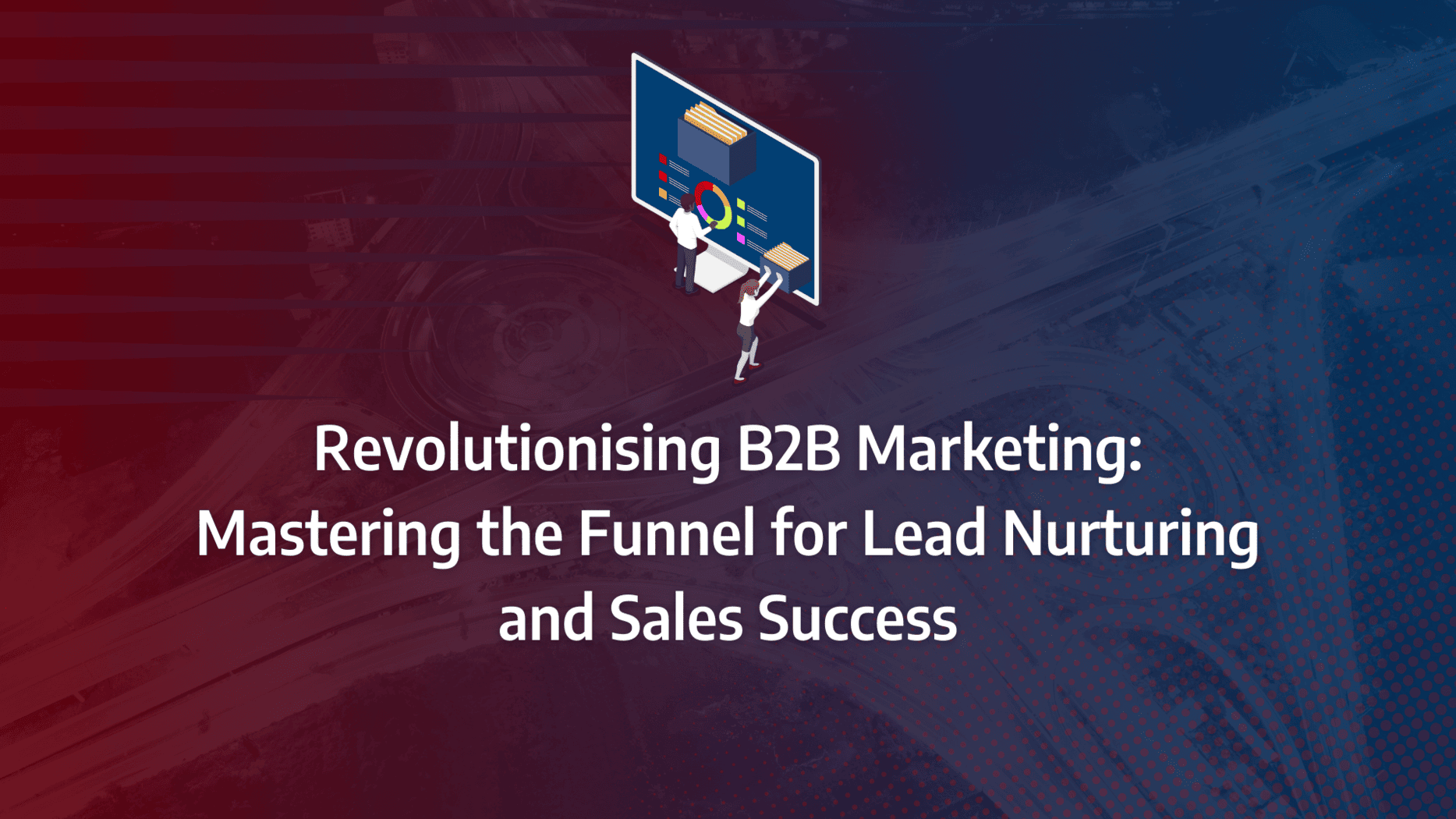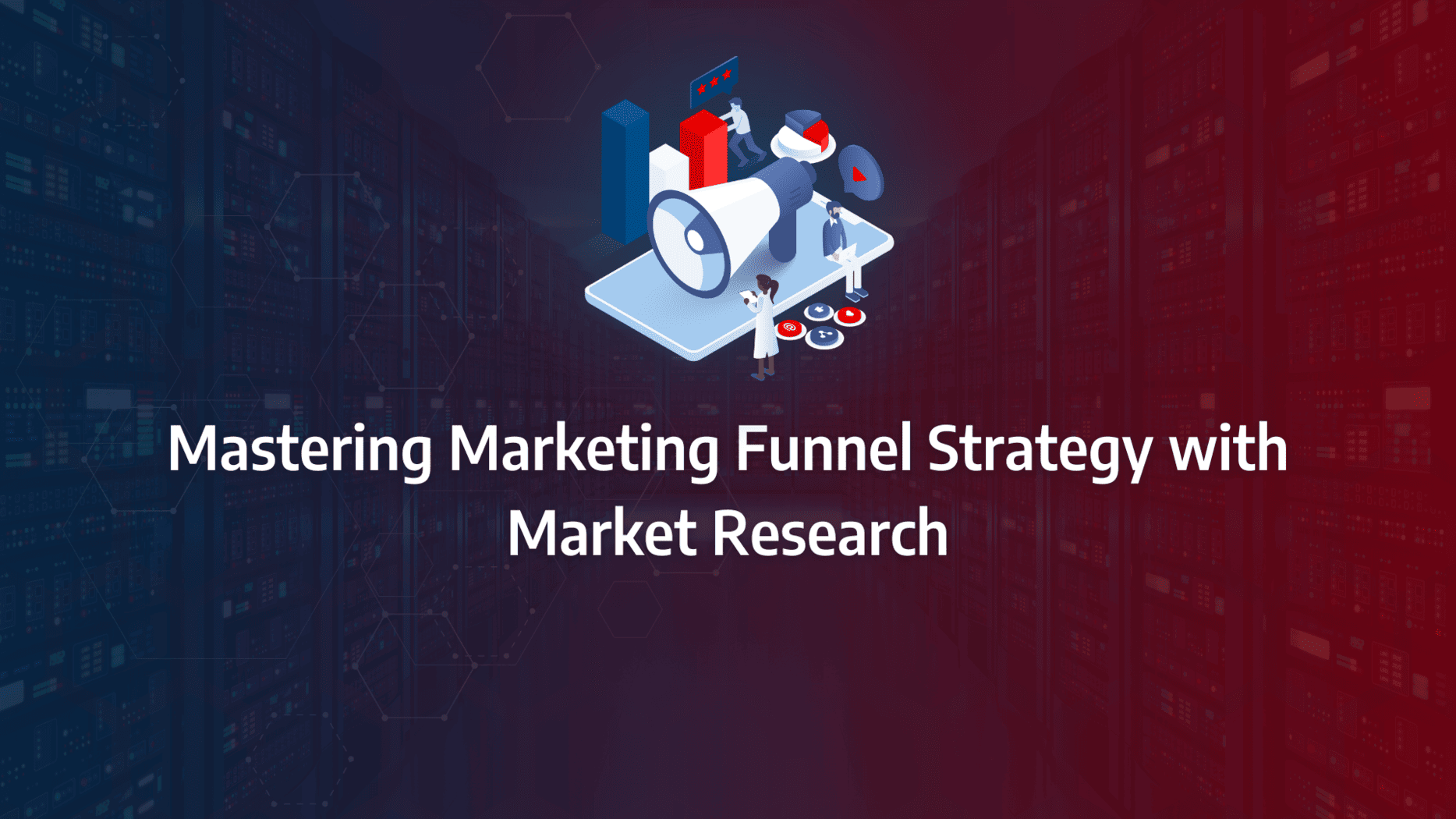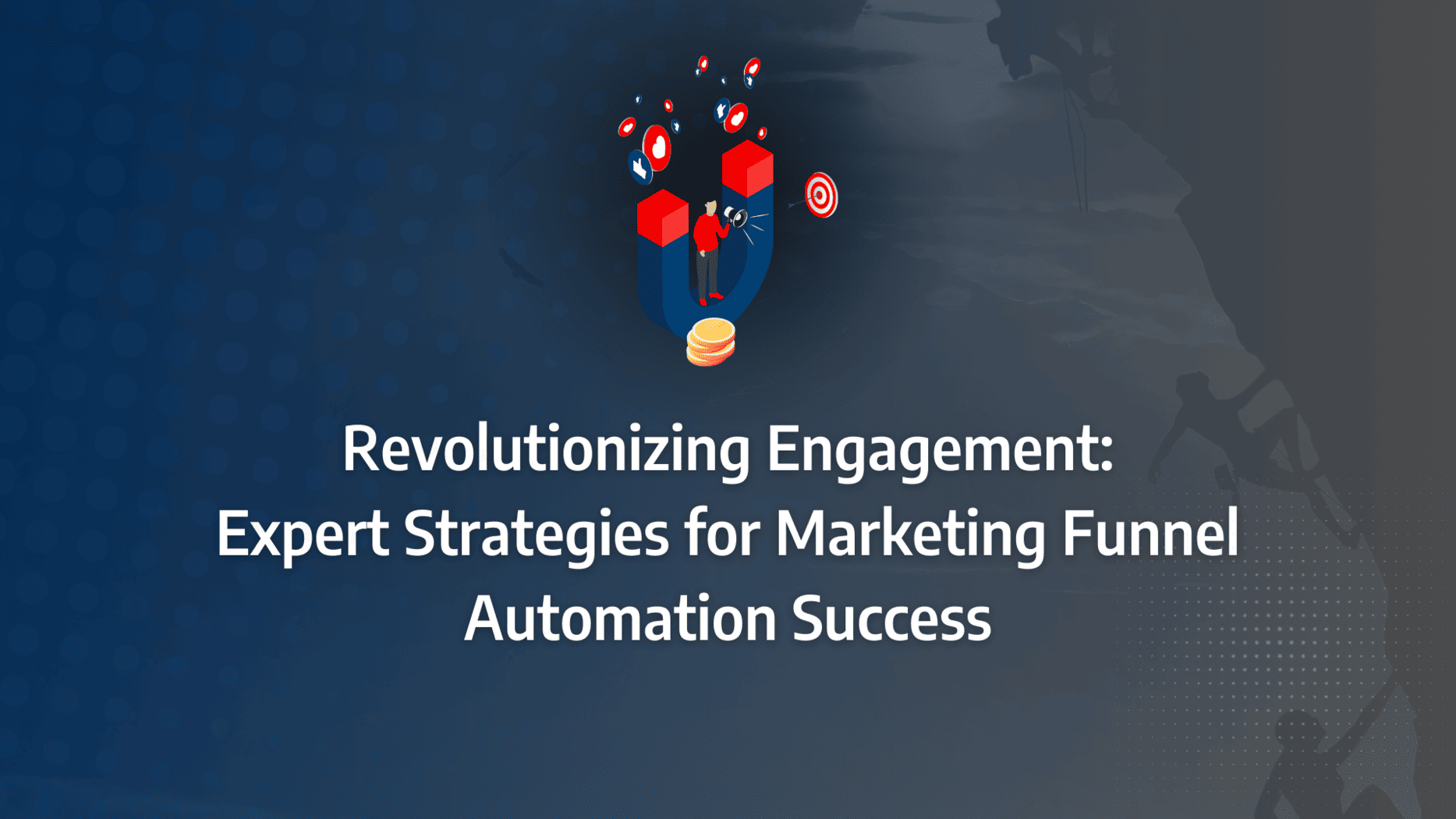Are you struggling to turn potential leads into loyal customers? Despite your best efforts, does your marketing funnel leak conversions at critical stages? If so, you’re not alone. Many businesses find that understanding customer behaviour and optimising the journey is the key to unlocking higher conversion rates.
In this blog, we’ll explore proven strategies to elevate your marketing funnel performance. By the end, you’ll have actionable insights on how to refine your approach, align your teams, and ultimately drive more conversions.
- Understand and Map the Customer Journey: Create detailed customer journey maps to identify where leads drop off and where the conversion process can be improved.
- Implement Behavioural Segmentation: Use behavioural segmentation to tailor your marketing messages to different audience segments, ensuring relevance and boosting engagement.
- Utilise A/B Testing for Continuous Improvement: Regularly conduct A/B testing on landing pages, call-to-action buttons, and email campaigns to determine what drives the highest conversions.
- Align Sales and Marketing Teams: Ensure that your sales and marketing teams are working together seamlessly to provide consistent messaging and maximise conversion opportunities.
- Leverage Data-Driven Insights: Use advanced analytics tools to gain deeper insights into customer behaviour and make data-driven decisions to optimise the marketing funnel.
- Focus on Personalisation: Implement personalisation techniques, such as dynamic content, to engage customers at each stage of their journey, guiding them towards conversion.
- Overcome Common Conversion Challenges: Address challenges like data silos and lack of cross-functional collaboration by adopting an integrated approach to your conversion strategy.
Understanding Customer Motivations
Cost and Convenience
For over a decade, low prices, efficiency, and ease have been at the forefront of business strategies for many e-commerce brands. While these factors remain significant, they are not the sole drivers of customer loyalty and purchase decisions. Various motivators, which can differ by demographic and other factors, play a critical role in consumer behaviour.
Source: Marketing Sherpa
Many businesses mistakenly believe that low prices and streamlined shopping processes are universally appealing. Although these elements are important, their influence can vary greatly among individuals. Failing to grasp this dynamic nature can detrimentally impact a brand.
Identity
Consumers purchase products or services that align with their self-identity or how they aspire to be perceived. Brands should invest time in understanding who their customers are, who they wish to become, and how they see themselves.
Experience
The desire for a unique experience is a powerful purchase motivator. Apple stores exemplify this with their beautifully designed products and immersive retail environments. Customers who experience these settings often find it hard to overlook the brand, demonstrating how a compelling customer experience can outshine competitors in a saturated market.
Value
Value is a significant factor that drives customers to buy. For instance, Amazon customers appreciate the convenience of a wide selection of affordable products, while Whole Foods shoppers value responsibly sourced products despite higher prices. Brands must always consider offering unique selling points that resonate with their customers.
Need
Identifying and addressing common problems faced by your target audience is essential. Offering products or services that solve everyday issues should be a priority for every business.
Community
Customers are often motivated to buy products or services that make them feel part of a community. For example, consumers who identify as breastfeeding mothers or college students seek emotional connections with products or services before making a purchase. Targeting specific niches can foster these connections.
What Matters Most?
We’ve found that leveraging storytelling in the marketing funnel typically enhances audience engagement and conversion. Clients often discover that taking a holistic view of customer journeys helps identify critical drop-off points, allowing for targeted optimisation strategies. Moreover, aligning content with customer intent is vital; it ensures that potential customers find exactly what they need at each stage, significantly improving conversion rates.Get In Touch
What common mistakes should I avoid in engaging leads effectively?
Not Engaging Leads Properly: A critical mistake is failing to engage new visitors effectively. This often occurs when a landing page does not immediately address the specific needs of first-time visitors. If customers are unsure of their next steps, they are likely to leave and explore other options. To avoid this, brands should create dedicated landing pages that highlight their best features and address visitors’ needs. According to Hubspot, 92% of marketers find landing pages highly effective in converting customers.
Insufficient Data Tracking: Marketers often overlook crucial data such as exit pages, return visitors, and scroll patterns. While big-picture metrics like page views and bounce rates are important, these smaller data points provide actionable insights that can significantly enhance the marketing funnel conversion strategy.
Weak Calls to Action: A strong call to action (CTA) is essential to inspire customers to act. Brands should create a sense of urgency and use compelling action words to encourage purchases. Ensuring that CTAs are clear and engaging can greatly improve conversion rates.
Neglecting Lead Nurturing: Using marketing automation tools to segment content and personalise lead nurturing can significantly boost conversions. Implementing lead scoring to identify and prioritise the most sales-ready contacts can further refine this process. Tools such as Smartech, SendX.io, and Omnisend are excellent for these purposes.
Limited Payment Gateway Options: Offering too few payment options can alienate potential customers, while too many can overwhelm them. Continually testing combinations of different payment gateways ensures that all customer preferences are accommodated. Popular options include PayPal, Stripe, Google Pay, Braintree, WePay, and Authorize.net.
Our Tactical Recommendations
From our experience, implementing A/B testing across the marketing funnel is essential for continuous optimisation and improved performance. We often see better results when we use social proof, such as testimonials, to establish trust and credibility. Additionally, creating urgency in calls to action typically drives immediate responses, effectively boosting conversion rates at key points in the funnel.Get In Touch
How have successful brands optimised their marketing funnel conversion tactics?
Netflix
Netflix boasts over 130 million subscribers as of 2019, and this number continues to grow. At the heart of its marketing strategy lies an outstanding sales funnel. Netflix’s marketing funnel conversion strategy is broken down into five key stages:
Lead Page: Netflix’s lead page features a simple yet compelling offer, “See what’s next.” The powerful subheading, “Watch Anywhere. Cancel Anytime,” further entices potential customers. Additionally, the call to action (CTA) button encourages visitors to enjoy a free trial, setting a clear path for engagement.
Choose Your Plan: The second page allows users to select a plan, reassuring them they won’t be charged during the trial period. Netflix also sends reminder emails before the trial expires, ensuring transparency and trust.
Choose a Price: Netflix highlights the premium plan, giving customers the impression they are getting the best value. This subtle nudge towards the premium option is a clever tactic in their conversion strategy.
Sign-Up Page: Here, customers are prompted to enter their email addresses and continue the sign-up process. This step is designed to be as frictionless as possible, maintaining the user’s momentum.
Payment Page: The final step is the payment stage, where Netflix requests credit card or PayPal details. By this point, customers are well-acquainted with the value Netflix offers, making them more likely to complete the purchase.
Netflix’s straightforward and effective marketing funnel conversion tactic ensures they engage with customers at every stage, providing clear guidance and compelling reasons to proceed.
Source: Monday.com
ConvertKit
ConvertKit, a renowned email autoresponder tool, employs a simple yet effective four-step marketing funnel that targets creators of both digital and physical products:
Landing Page: The landing page features a clear, easy-to-understand headline and two prominent CTAs: “Get a free trial” and “Watch the Demo.” The colour coordination between these buttons encourages users to click on the green free trial button, effectively guiding user action.
Survey Questionnaire 1: After clicking the free trial button, users are directed to a page with a series of questions. These questions help ConvertKit understand who wants the free trial, enabling the brand to personalise its messages effectively.
Survey Questionnaire 2: Upon completing the first set of questions, leads are presented with another page asking if they have a website. This step allows ConvertKit to tailor its messaging further. Throughout the funnel, users can see a progress bar indicating how many steps remain, maintaining engagement and reducing drop-off rates.
Sign-Up Page: The final page is a sign-up form where users can enter their information. By this stage, customers who reach this page are highly likely to convert, as the process has effectively filtered and engaged serious prospects.
ConvertKit’s marketing funnel is extremely effective due to its meticulous data collection, which helps the brand understand why the customer is there and what their specific needs are. This insight allows ConvertKit to deliver highly personalised and relevant content, significantly boosting conversion rates.
By meticulously applying these strategies, brands can optimise their marketing funnel conversion tactics. Understanding and implementing these proven conversion funnel strategies can dramatically improve engagement and conversion rates. Ready to refine your conversion strategy?




